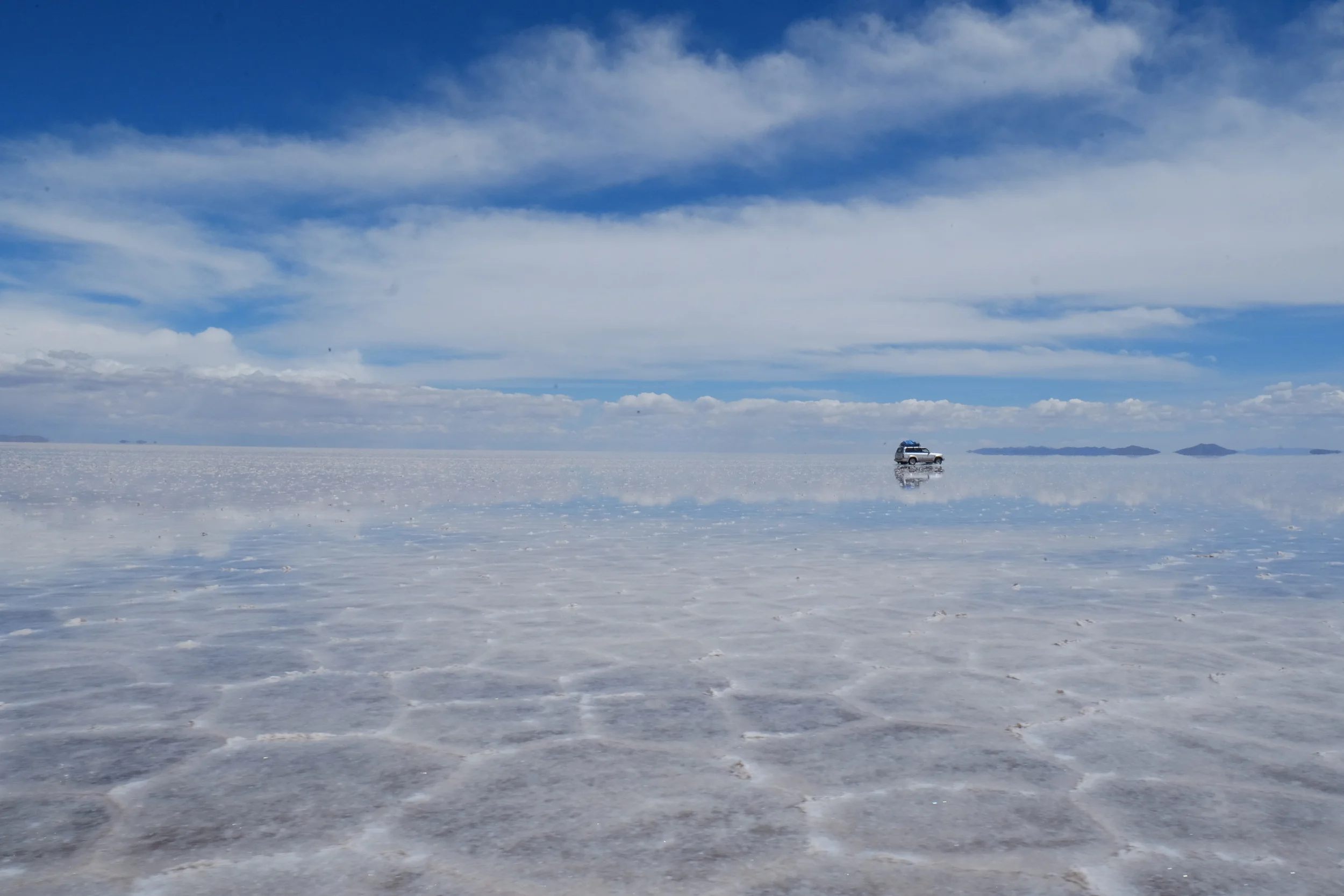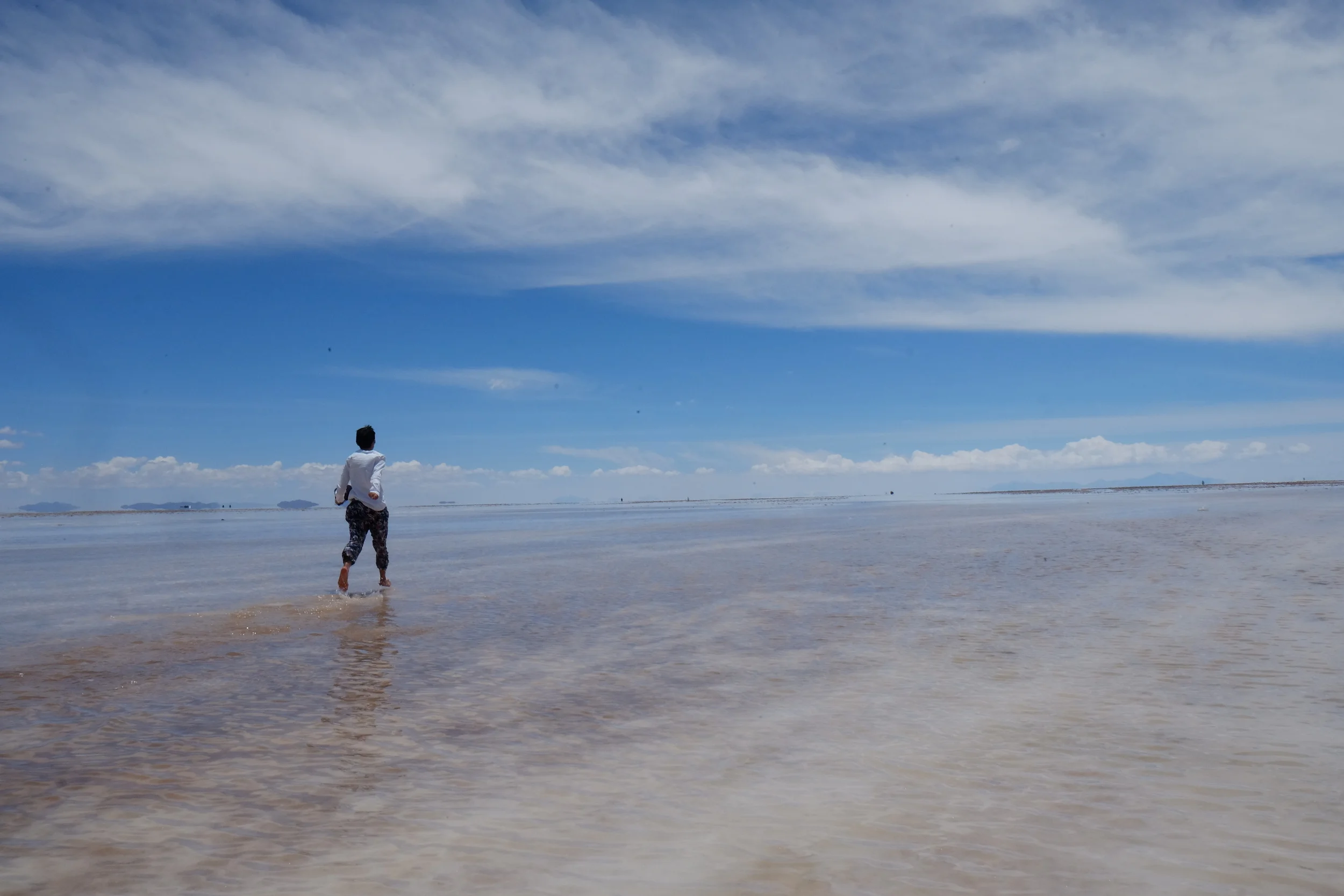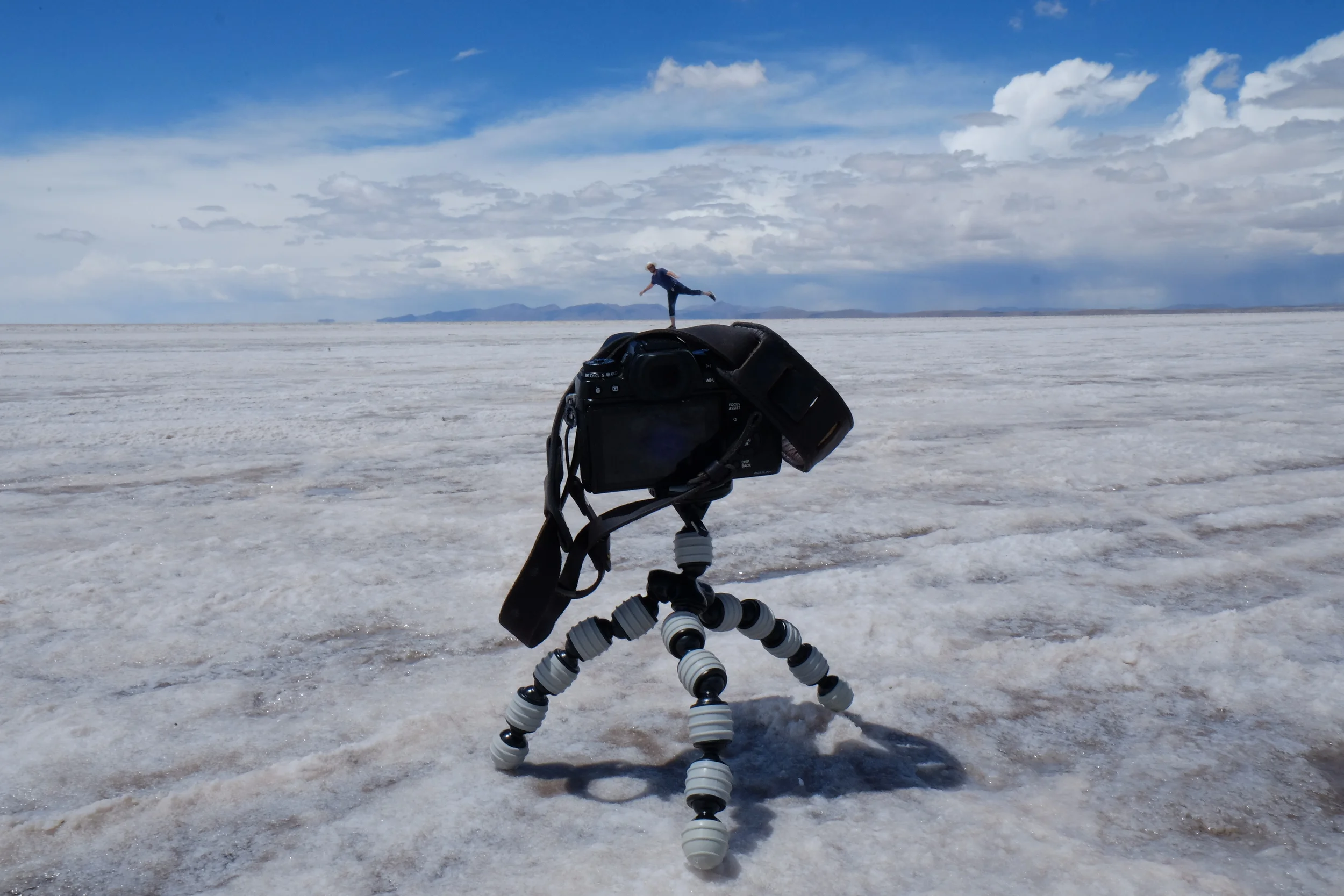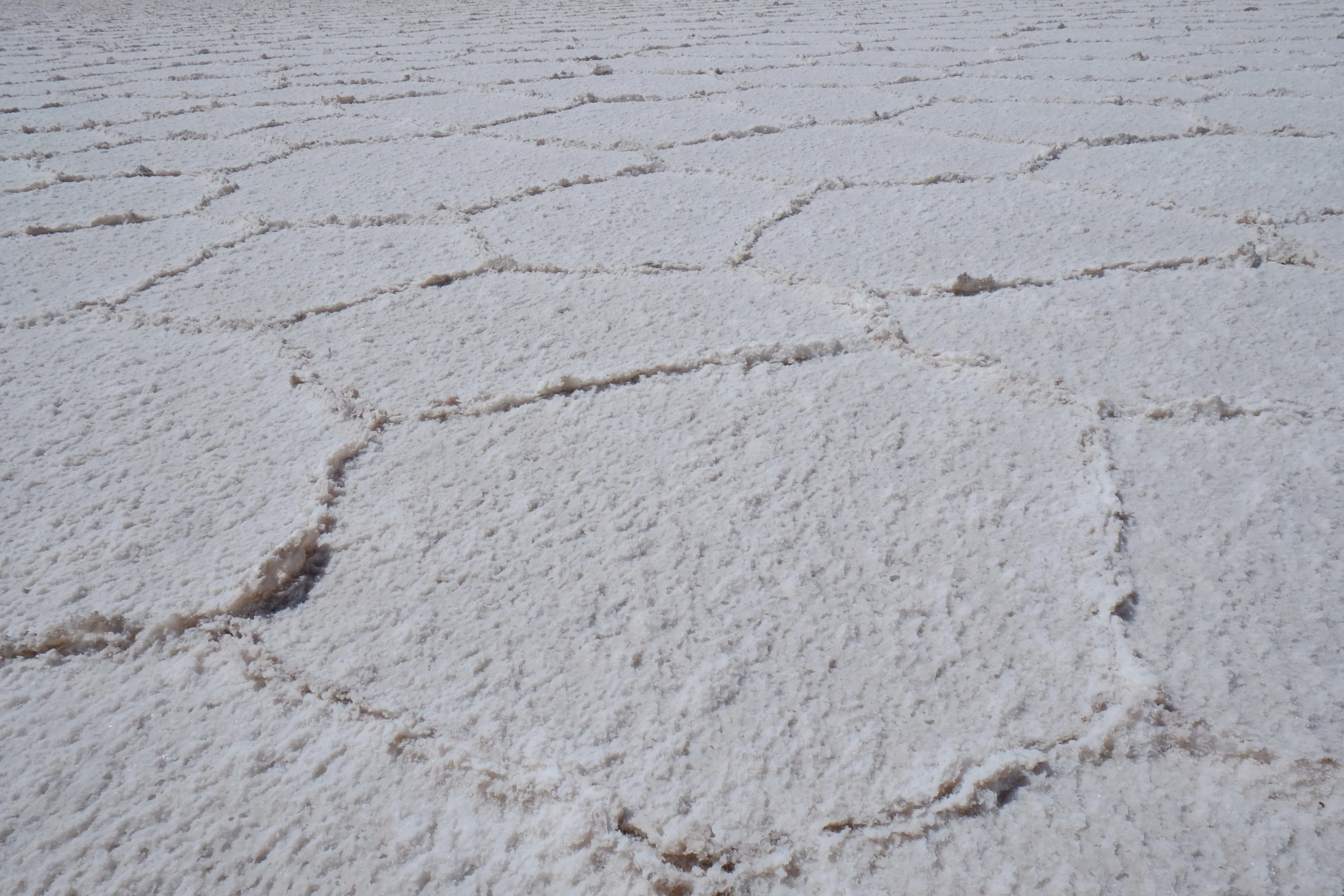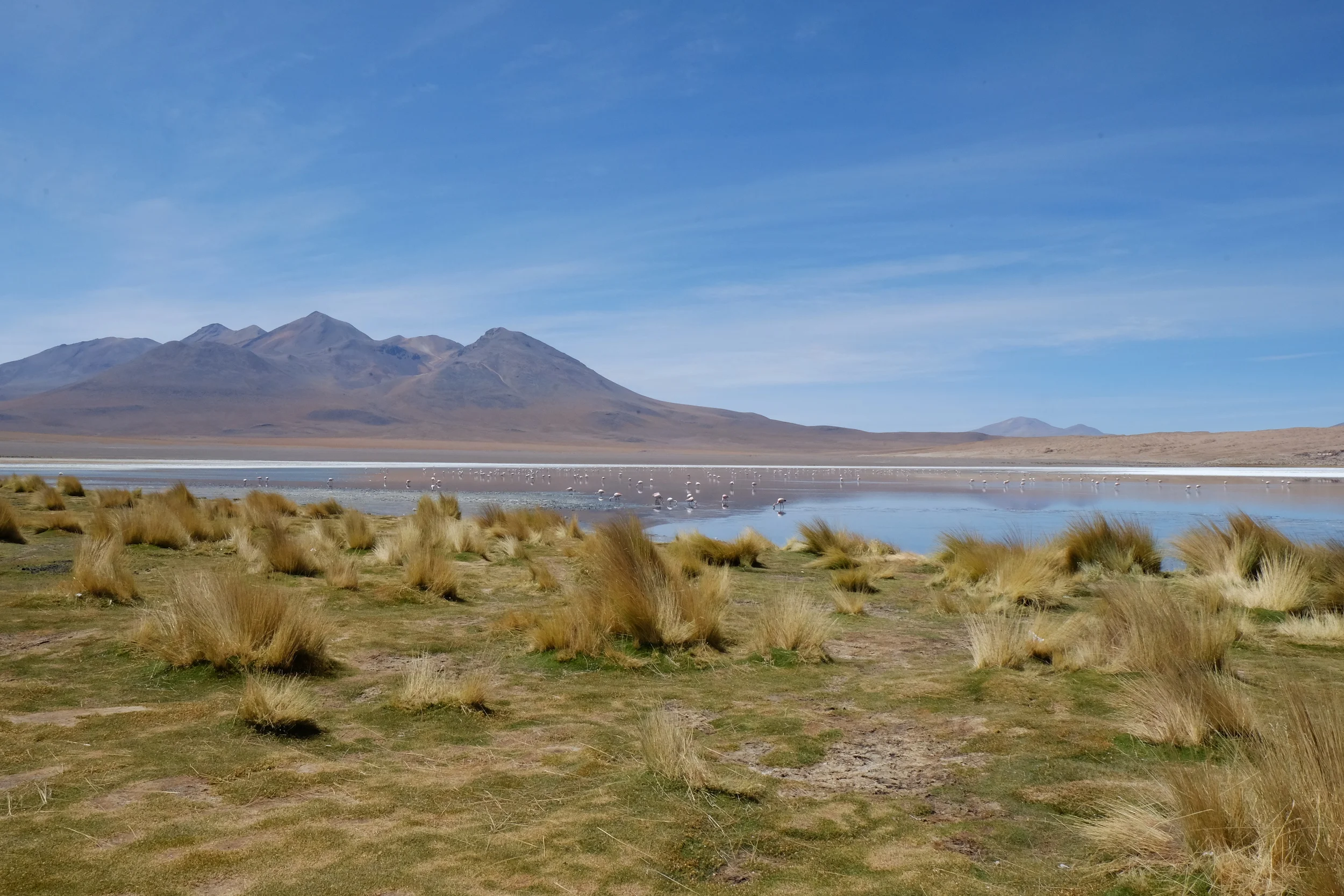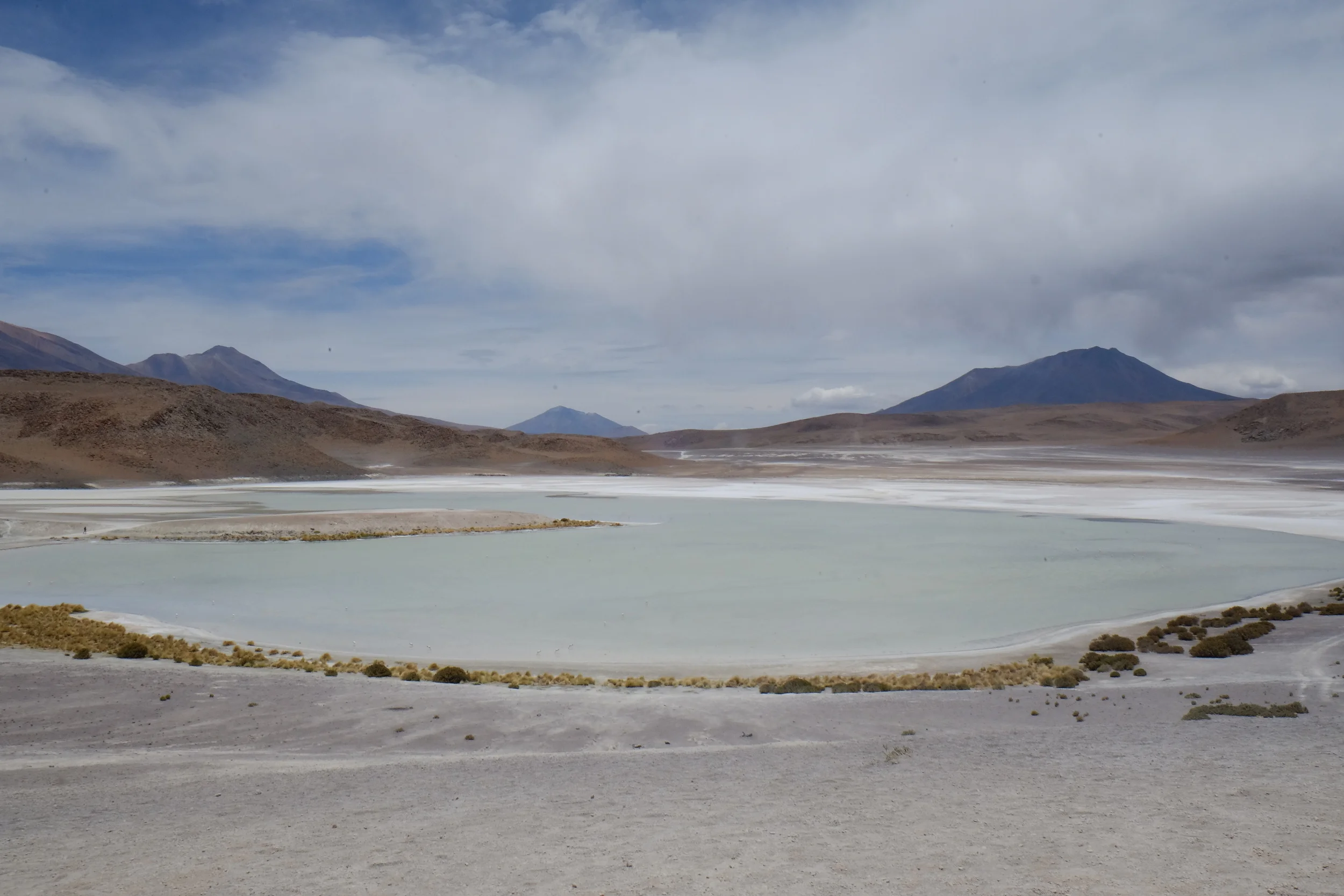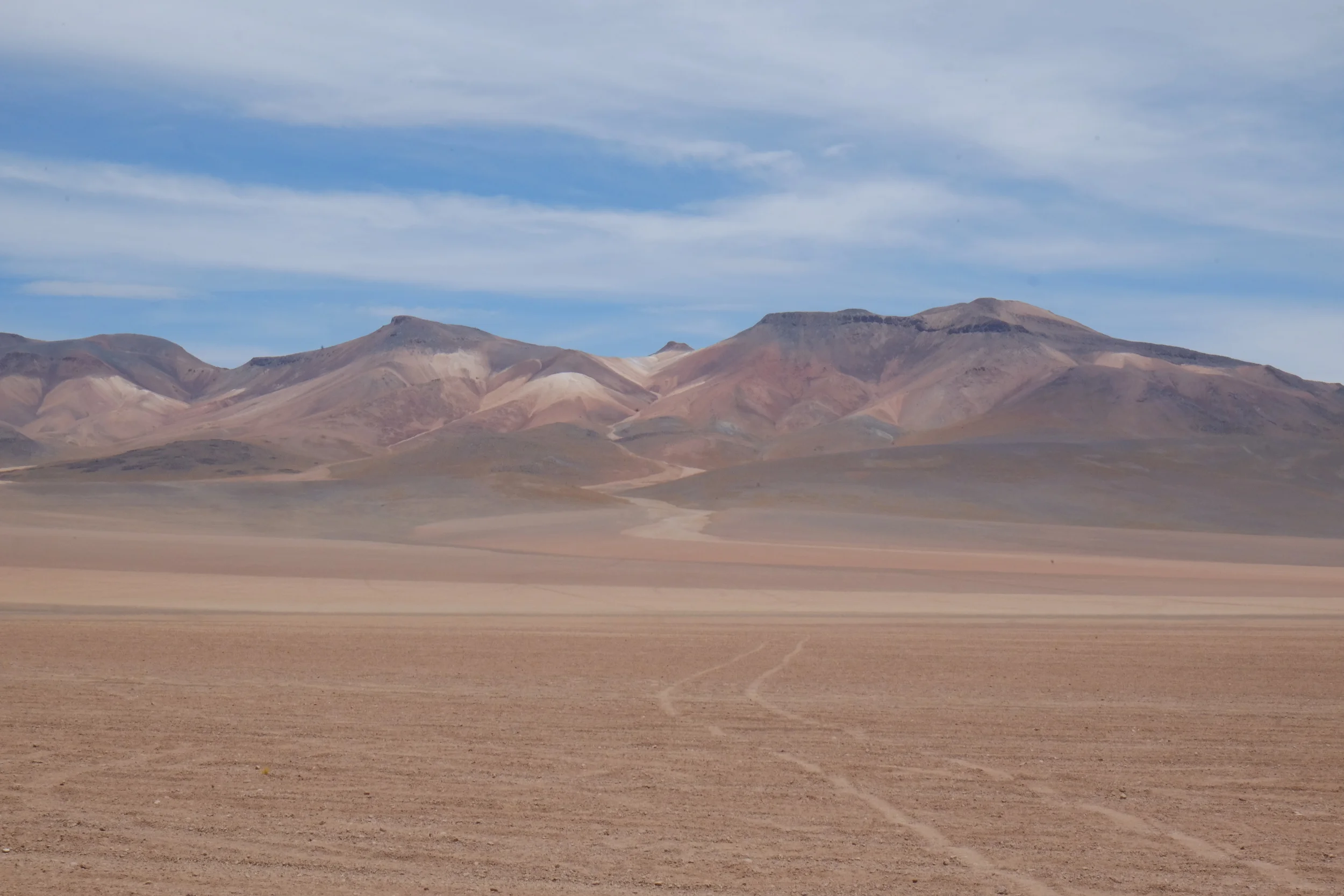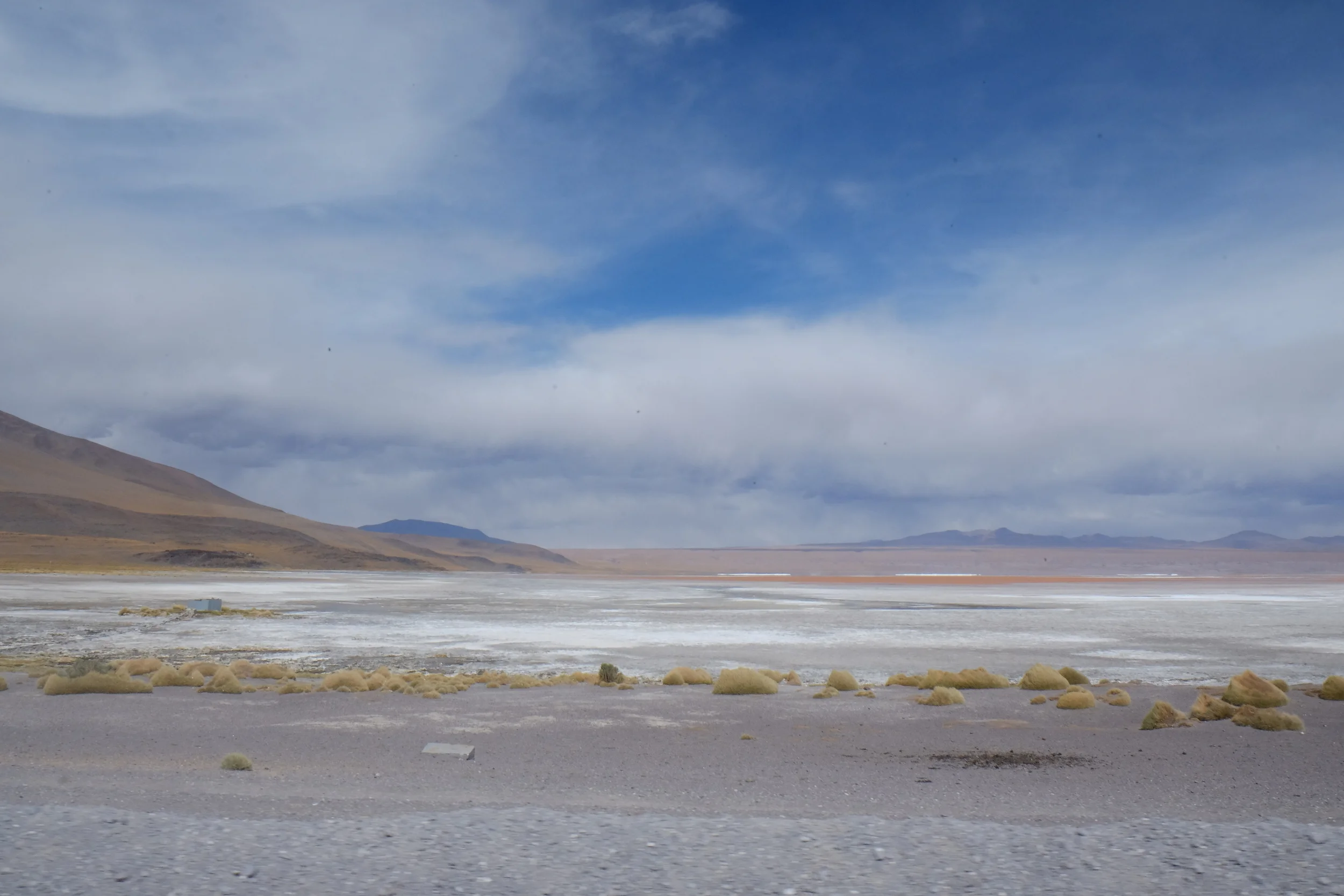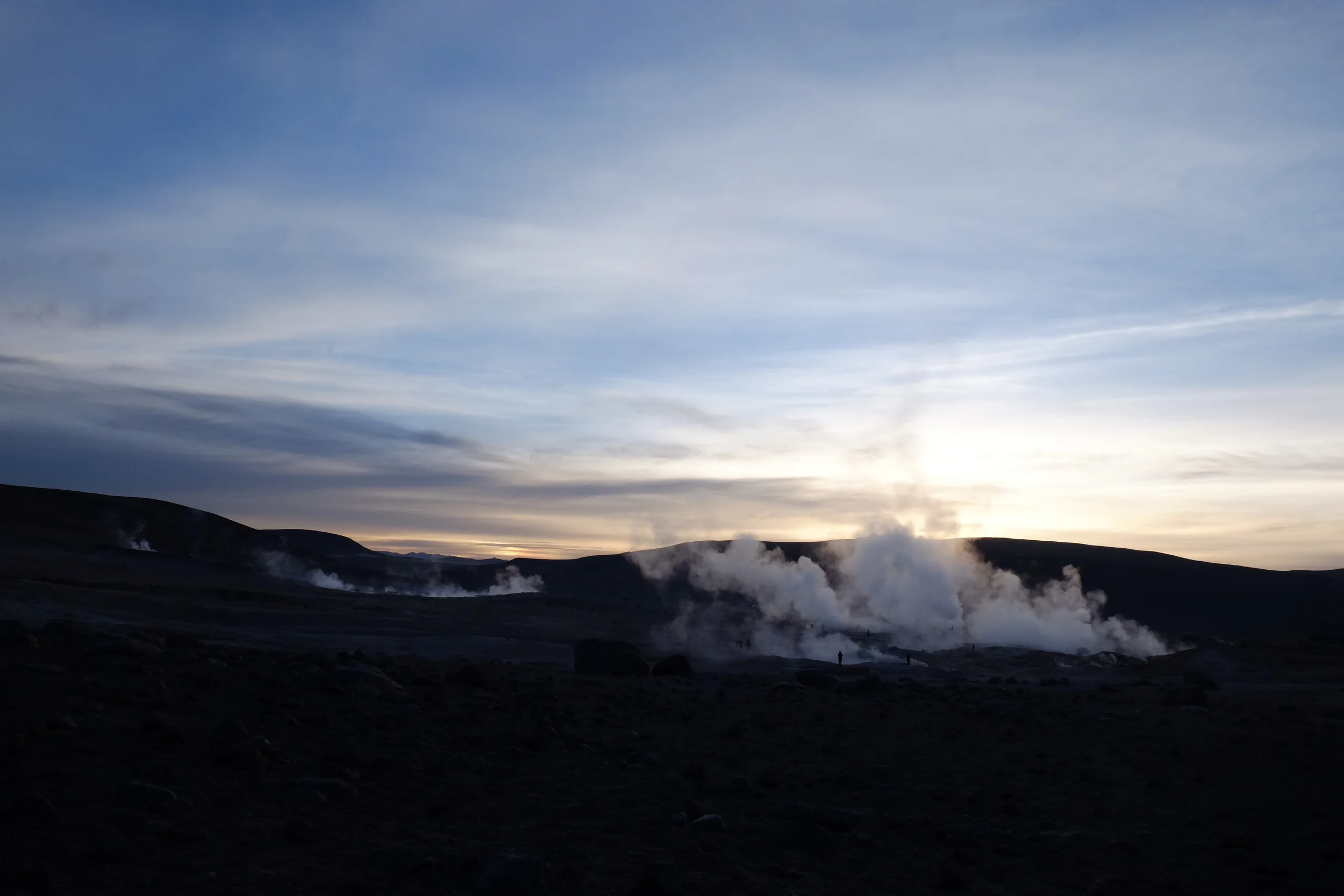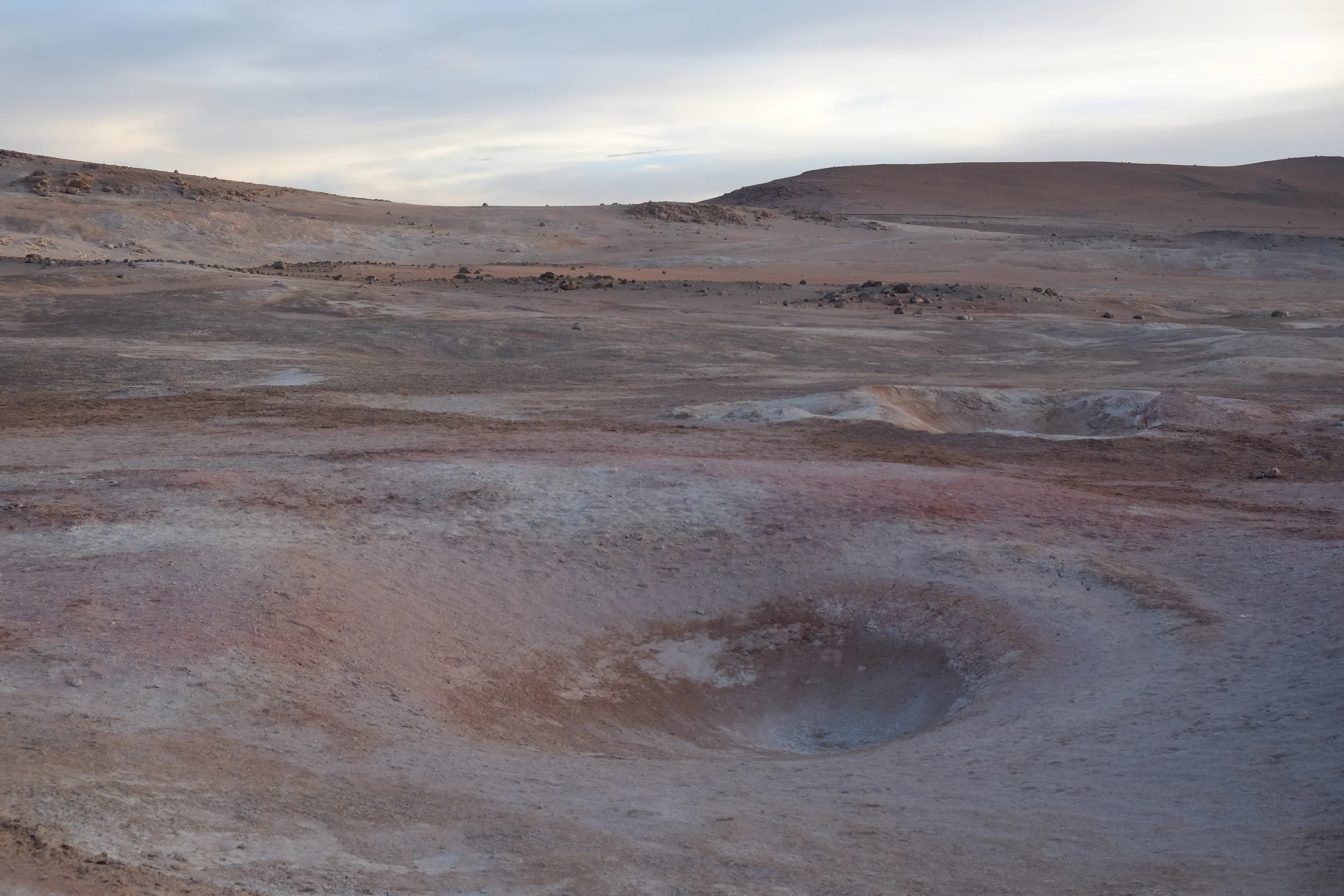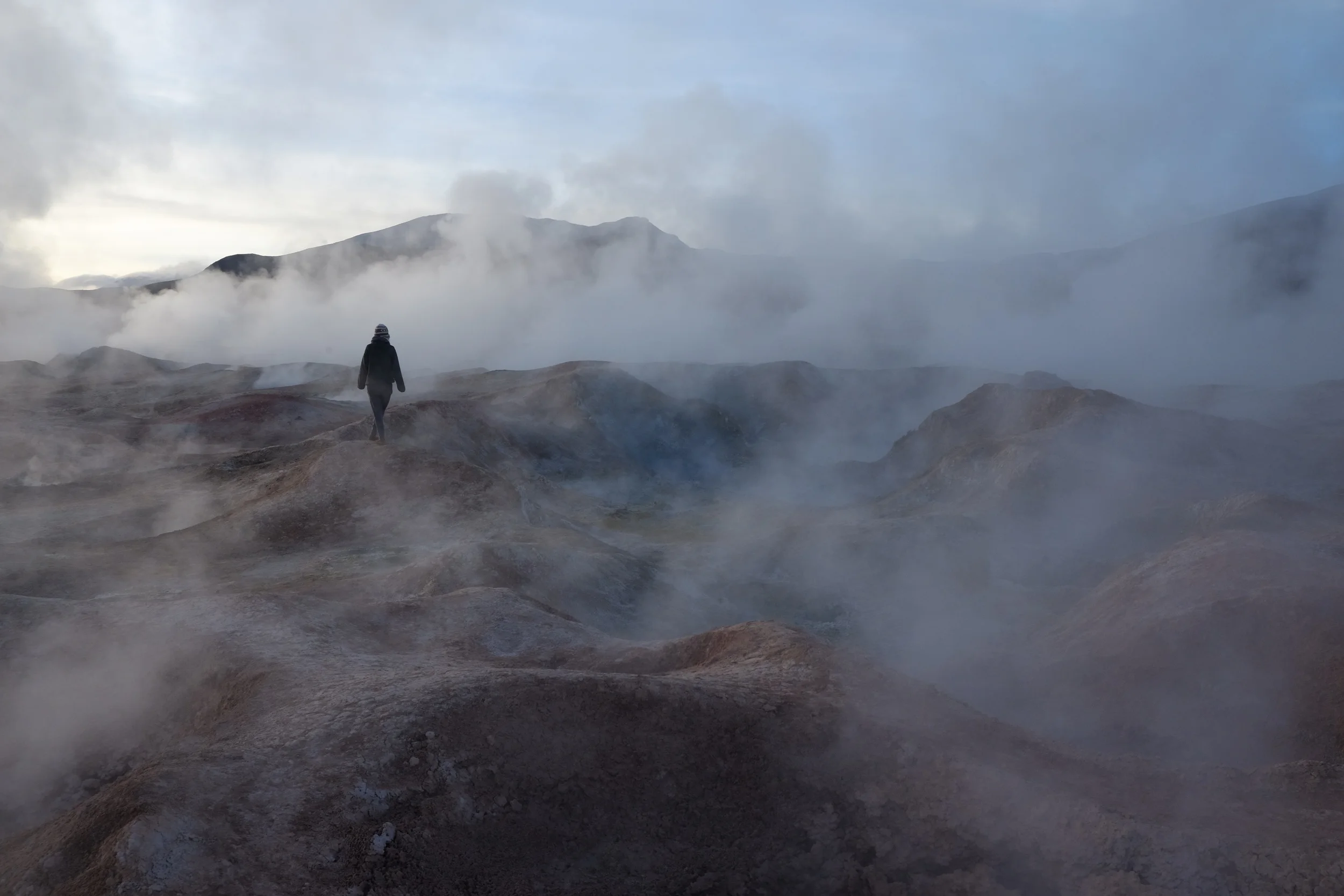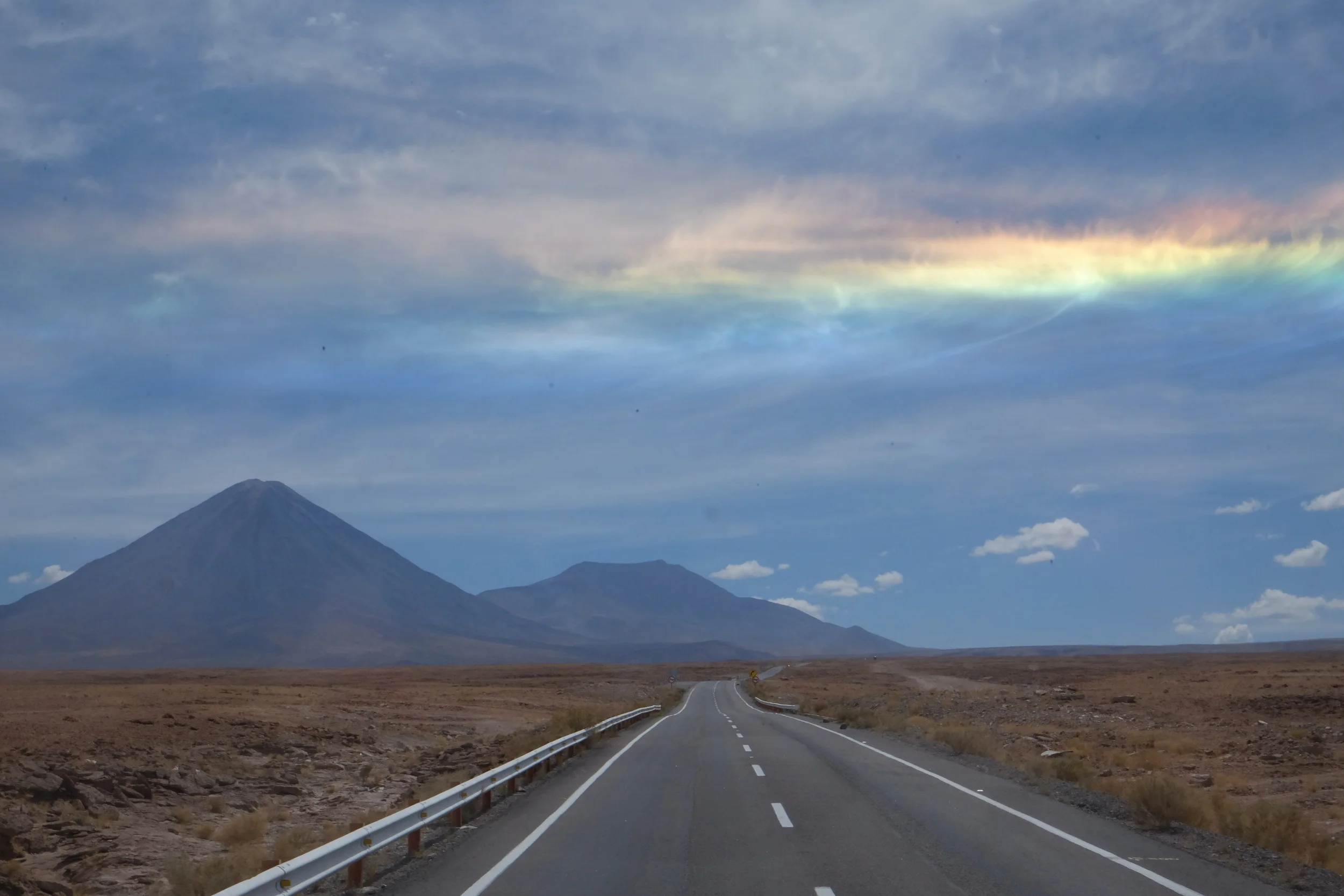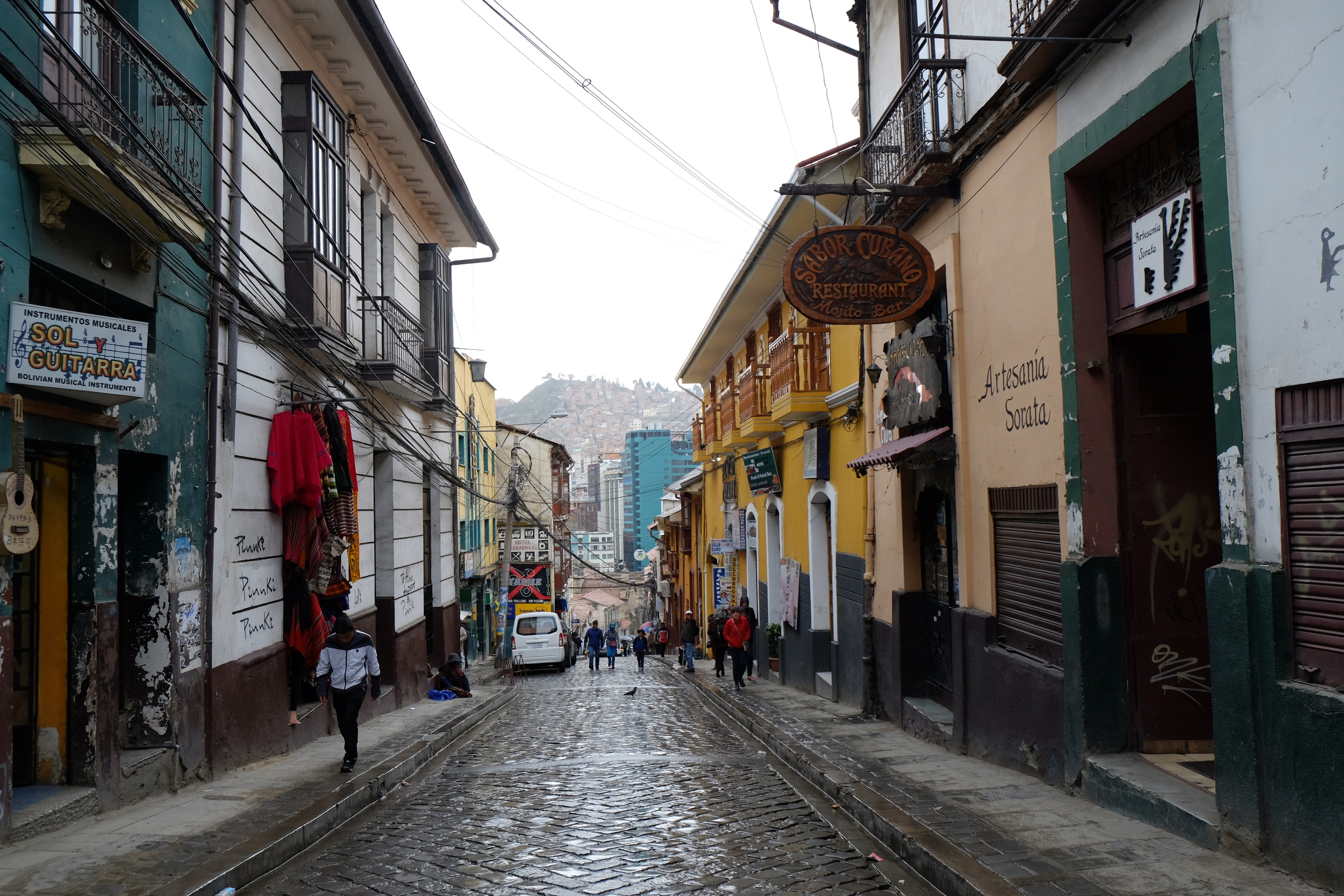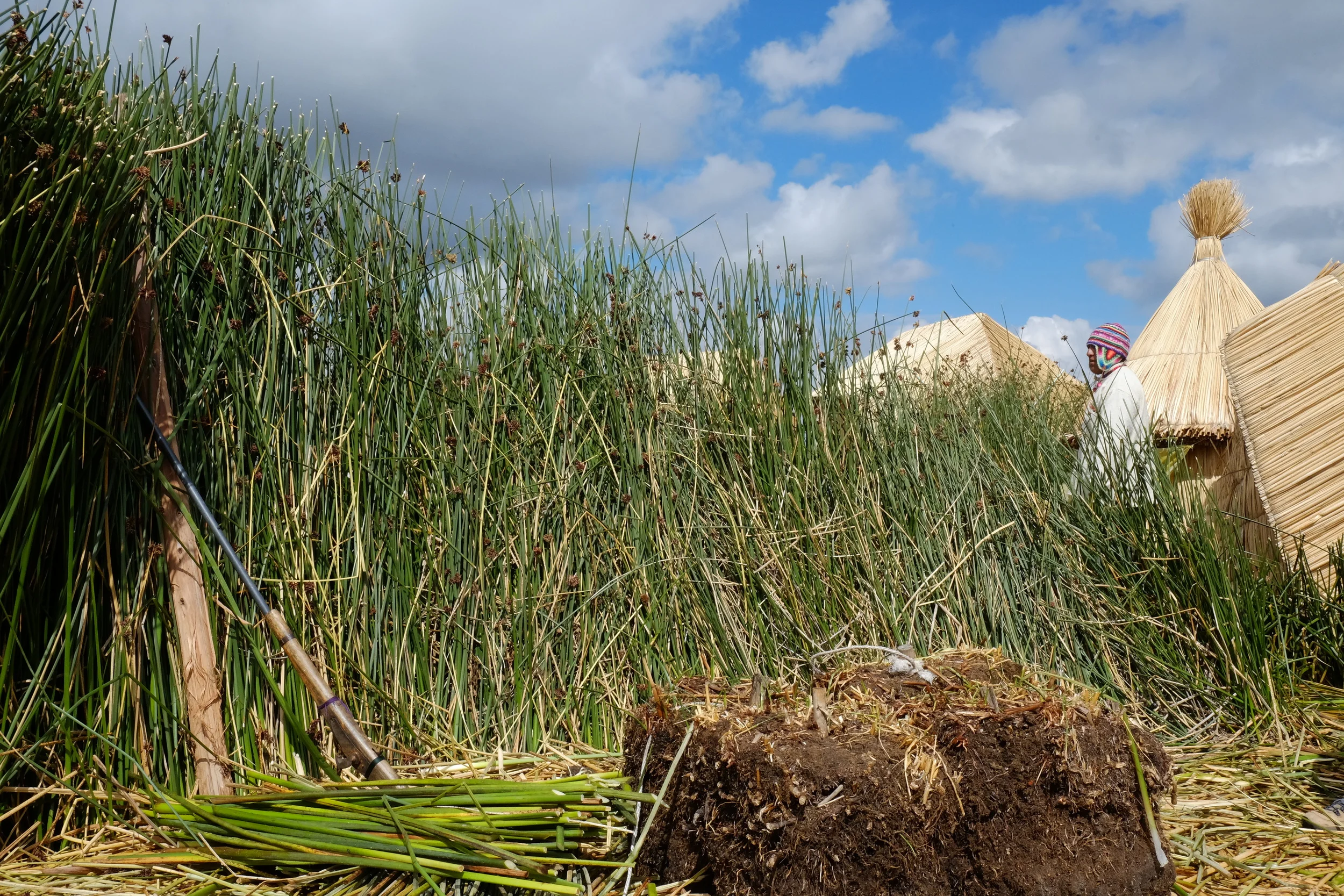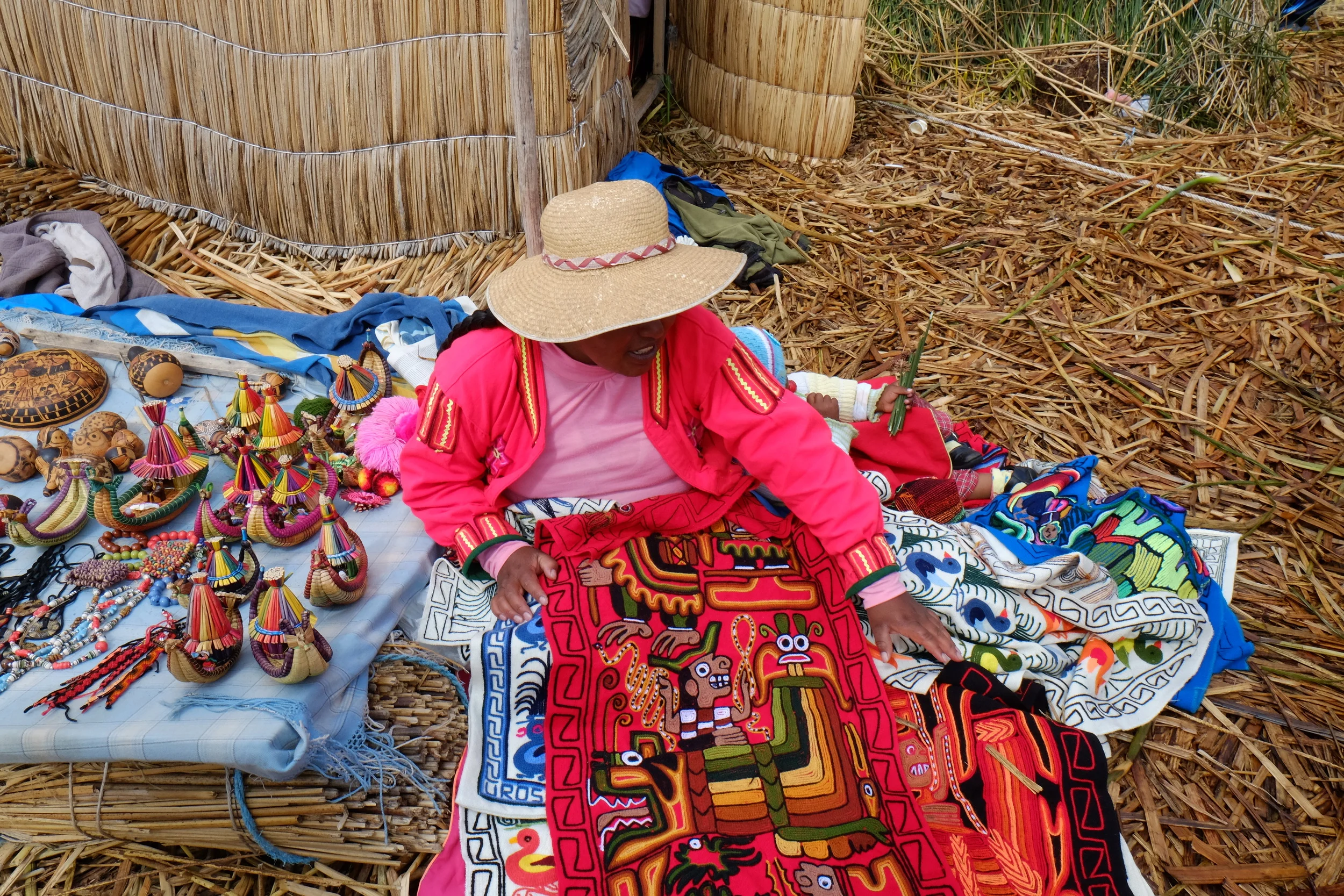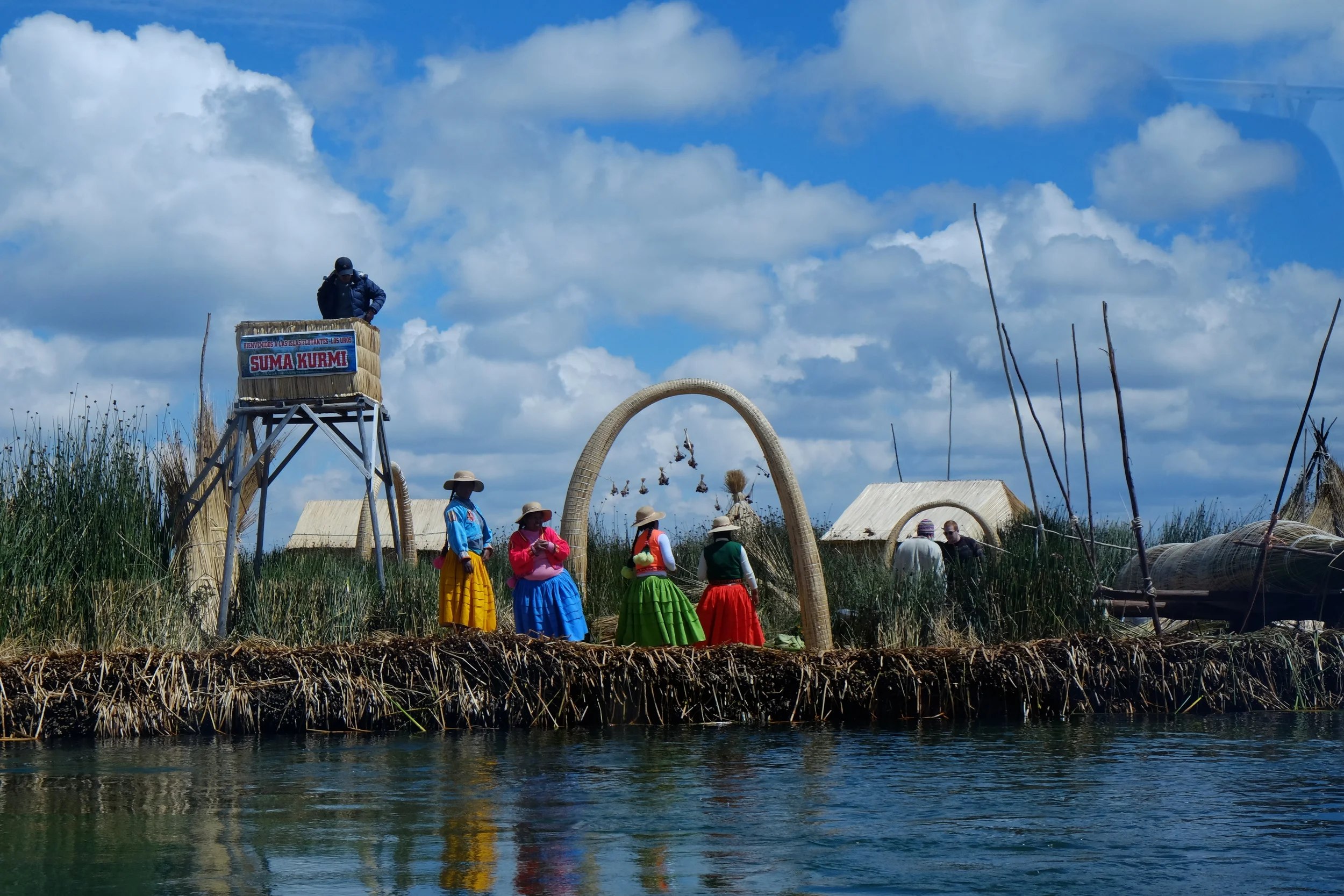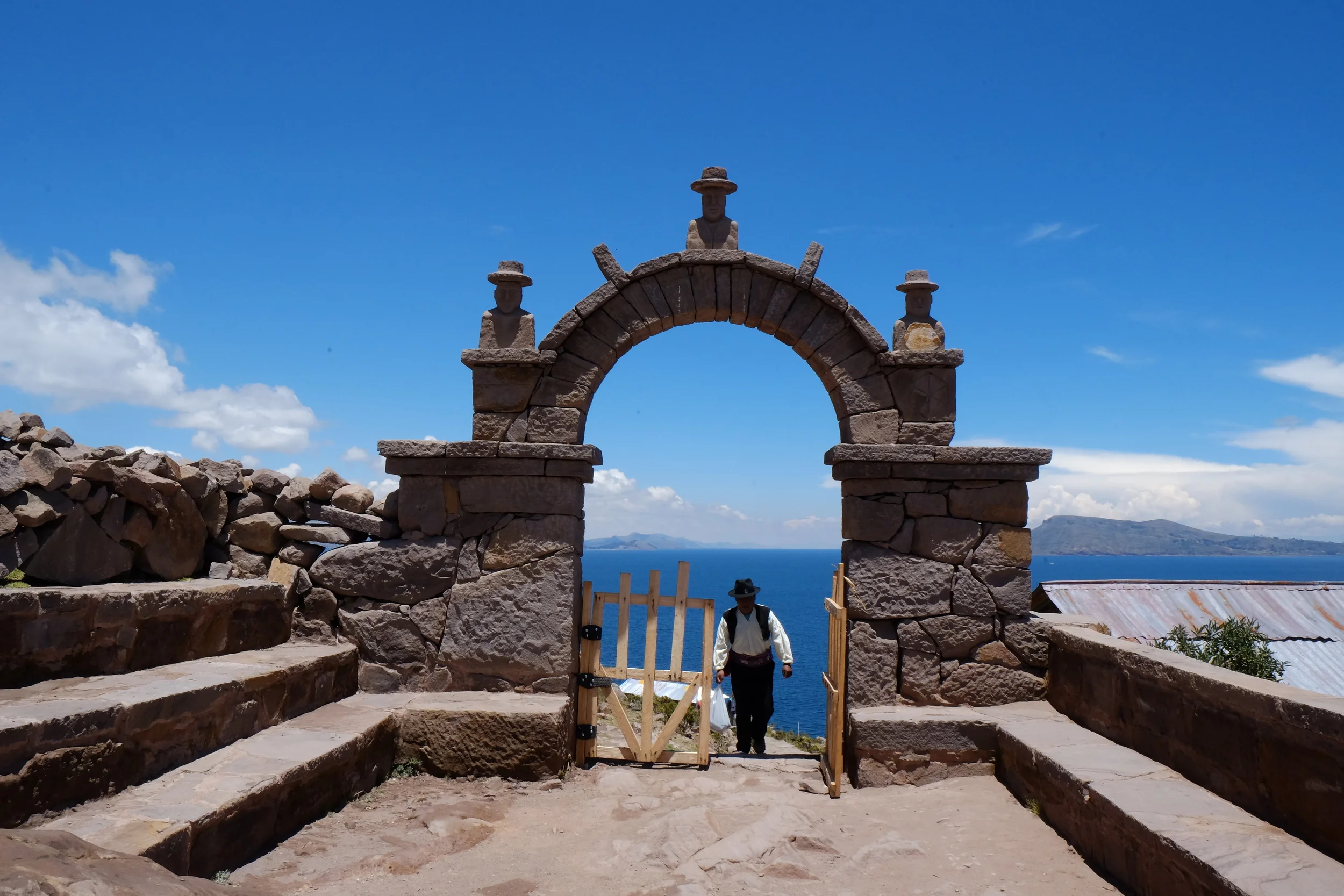Bolivia gets a bad rap and I could see why. The people are as cold as the weather. Trash is strewn everywhere. The air quality in the city is stifling. Public facilities are dubious. Crime is rampant. (We didn't personally experience this last one, but certainly worked up ourselves into high vigilance against it.) Yet, there's a sparkle behind the roughness that lures in visitors willing to look past these shortcomings. A diamond in the rough, if you will.
THE DEATH ROAD
We visited Bolivia with the primary intention of seeing the Salar de Uyuni. After seeing photographs, we too wanted to walk on water. Of course, though, as is more often than not the way in South America, plans tend to get compromised due to one thing or another and this one thing was Dakar.
Just like that, La Paz quickly became our home base for 5 days and we made it a point to fill them with as many activities as possible. In the city there were only so many handicraft markets we could peruse and only so many empanadas we could indulge in.
One day was filled with a tour of Tiwanaku, the archaeological site of an ancient city's ruins, which, personally, was nothing to write home about. We also mildly climbed up Chacaltaya, a mountain in the Cordillera Real range of the Andes. 'Mildly' because though it was only 500 meters to the refugio from where the bus let out, the altitude really did a number on us and wiped us out pretty good. Not to mention, we hadn't realized how cold it would be up there and were not at all prepared for the snow.
And then, there was the Death Road. A 64-kilometer stretch of a narrow, unstable, downhill, (mostly) dirt road that descends nearly 3,500 meters over the course of 3 hours more or less. That's about 40 miles long and 12,000 feet high. Having never mountain biked before and firmly grasping the handbrakes on my road bike for the slightest descent on stable pavement back home, the idea was too intimidating for me at first, but when faced with the choice between another empanada and death, I chose death.
Unfortunately, I wasn't able to safely handle a mountain bike, a camera, and the Death Road all at once, so photos of this exhilirating ride are nearly non-existent, especially considering I was the last of the pack and missed all but one photo taken by the guide. After more than 3 hours of clutching the brakes, clenching my teeth, and trying to outpace the last support van, I made it all the way down the mountain and survived the Death Road.
By the way, I might mention that the views on the ride down were some of the most spectacular I'd seen in all of South America.
TITICACA
Lake Titicaca is a massive body of fresh water that stretches between Peru and Bolivia and that is home to a few thousand people. The ongoing Peruvian joke is that the Titi part resides in Peru and the Caca part in Bolivia. The name itself is said to mean 'puma stone' because, with some creativity, the lake takes after the animal's form.
We made the 12-hour journey by bus from Cuzco to Puno and visited the man-made floating island of Uros the same morning we arrived. Four families, 15 people, live on this island. We found the women to be particularly lovely, dressed in their colorful skirts and vests, their long braided hair adorned with poms, their smiles wide and faces round, tinted by long exposure to the sun. The island is just one of many in the region and is made of a layer of roots measuring one meter in thickness and another layer of reeds in equal proportion. The reeds, along with fish, are a source of sustenance for these families who eat them directly from the lake. Once a month they also make a run into town for goods not as easily accessible. Electricity is solar powered. We didn't think at the time to ask about toilets and showers, though I've been quite curious since.

